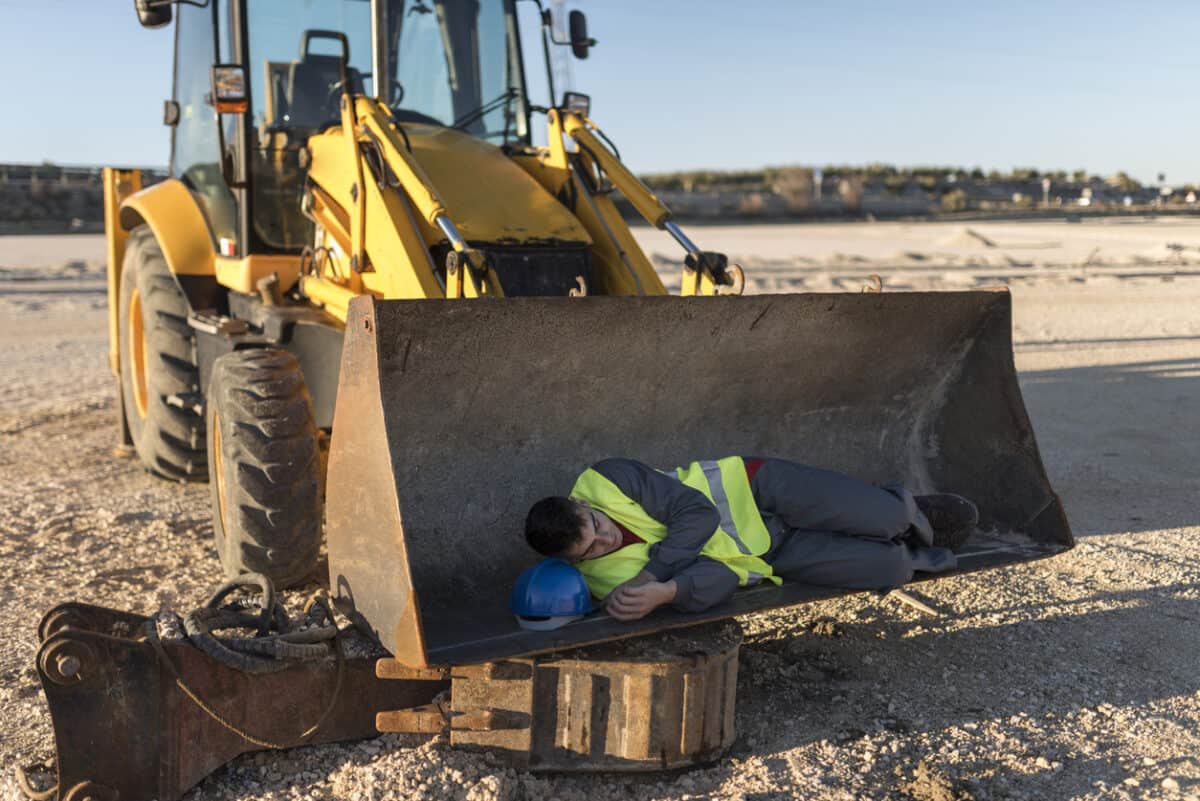The sleeper IR issue of the Right-to-Disconnect wakes up
This week, the Australian Parliament debates further workplace relations legislative system changes. These will have occupational health and safety (OHS) impacts, usually indirectly; however, one clear OHS element in the proposed legislation is the Right-to-Disconnect. This change has been a long time coming and has clear and proven mental health and social benefits for workers, …







